Reality Check on Expectations: Post-COVID New Development Absorption Study
Leveraging Marketproof’s data integrity and sorting prowess, we’ve been keeping an accurate tally of weekly contracts signed on sponsor-owned units since the pandemic began. To provide some perspective, we also determined the long-term average of weekly signed contracts prior to the pandemic.
Before presenting the observations, we need to first define the periods analyzed and compared:
- “Pre-COVID”: January 5, 2015 — March 1, 2020
- “COVID”: March 2, 2020 — December 27, 2020
- “Post-Vaccine”: December 28, 2020 — Present
In our research note entitled “2021: One for the Record Books or a Return to Consumerism?”, parts 1 & 2 of which published in July and October 2021, respectively, we suggested the record uptick in weekly contracts during the first three quarters of 2021 was not a new era of desirability for NYC real estate, but rather a manifestation of pent-up demand following a severe risk-off period. Our conclusions were drawn from the observation that excess demand in 2021 indicated a near perfect 1:1 relationship with demand shortage in 2020.
What we expected for the remainder of 2021 and Q1–2022 is illustrated below. We hypothesized that the post-vaccine contract surge would match the COVID contract drought not only as described above but also in duration (43 weeks) before displaying a reversion to the long-term average:
What we’ve witnessed; however, is markedly different. The average of weekly signed contracts post-COVID has far outpaced expectations in terms of both volume and duration:
Although we expected, on average, 65 weekly contracts to be signed during the 43-weeks immediately following the vaccine rollout, the bull run has continued for 70-weeks and at an average number of 92 contracts signed each week:
To further drive home just how strong the post-COVID surge has been, the weekly number of contracts signed on sponsor-owned new development units has not dipped below it’s pre-COVID long-term average in 70-consecutive weeks, as illustrated nearby:
Were we completely wrong in our previous assessment? Is this show of force by purchasers, having now far eclipsed the contract volume that would be expected as satisfaction of pent-up demand, the beginning of a new era of desirability for NYC real estate? Perhaps.
Alternatively, is this record new development absorption the compounding effect of both past, present and future purchasers all active in the marketplace simultaneously? There are a large number of would-be-future purchasers transacting presently in an attempt to lock-in mortgage rates before they increase to unaffordable levels, so this theory is also tenable.
There are numerous other equally-valid theories about the catalyst for this record absorption — the return of the foreign buyer, record rents and a local political regime change, to name a few. The answer — as we conclude with the majority of our NYC real estate market research topics — is to be determined.
We believe the record demand is a coupling of rising mortgage rates acting as a motivator to pull in future demand, and, “herding”, or the late-cycle phenomenon whereby consumers are driven to transact because of a fear of missing out on what they assume to be a valuable opportunity based on a legacy economic framework. In these moments, buyers typically believe the market — i.e. the “herd” — has performed all necessary due diligence and deemed the opportunity as valuable at face value.
-Jason Thomas
Categories
Recent Posts
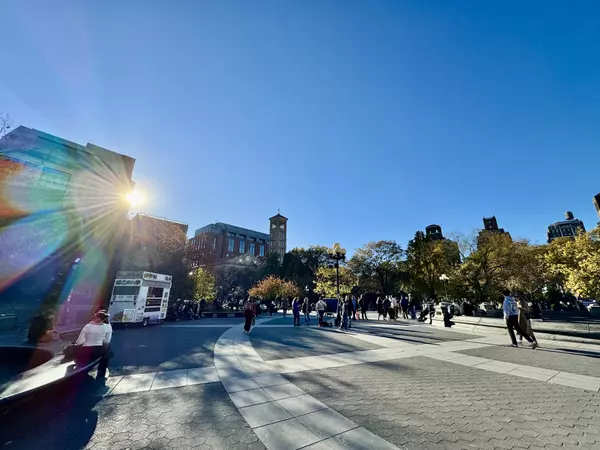
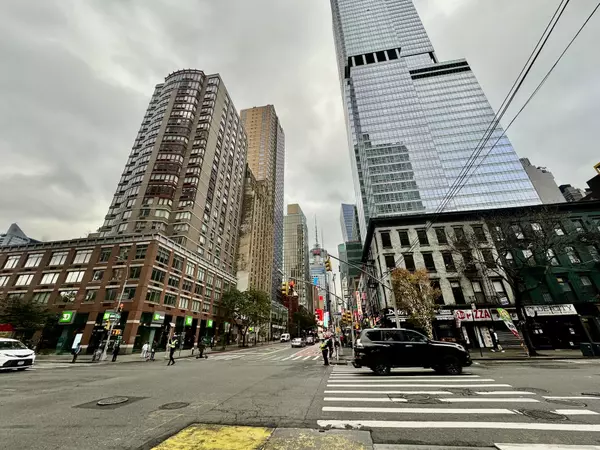
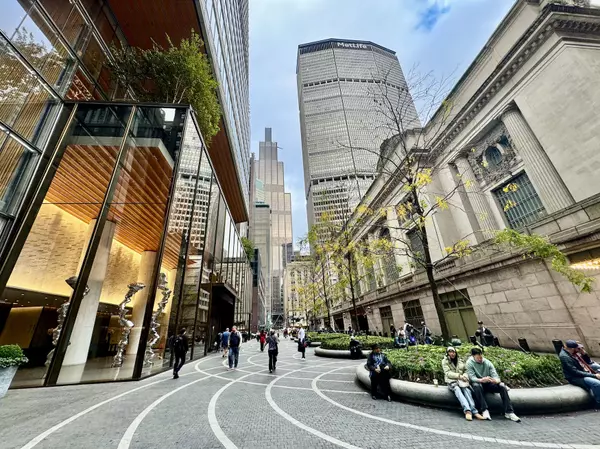
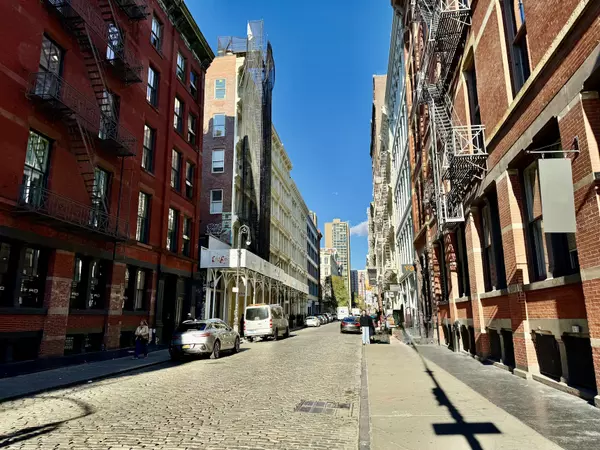
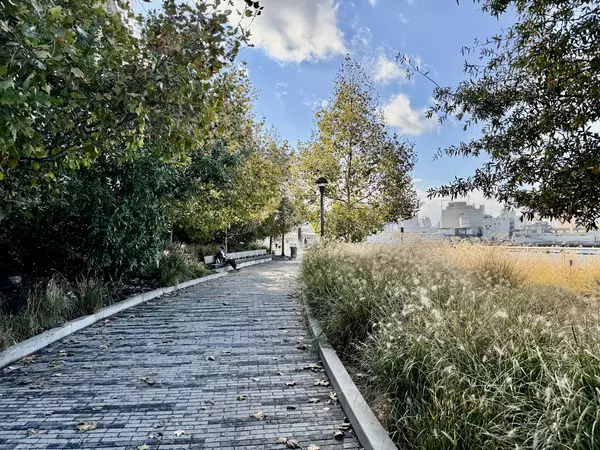
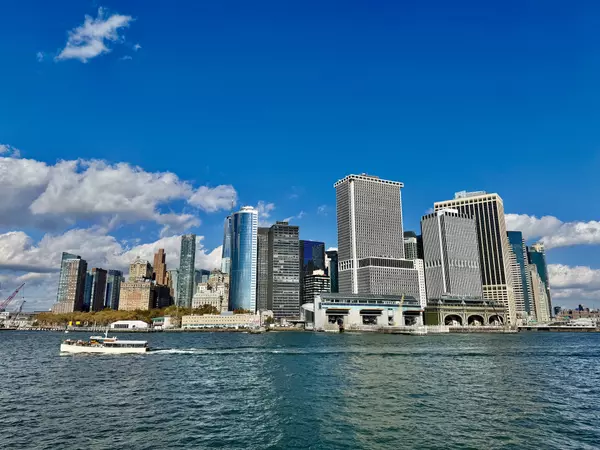
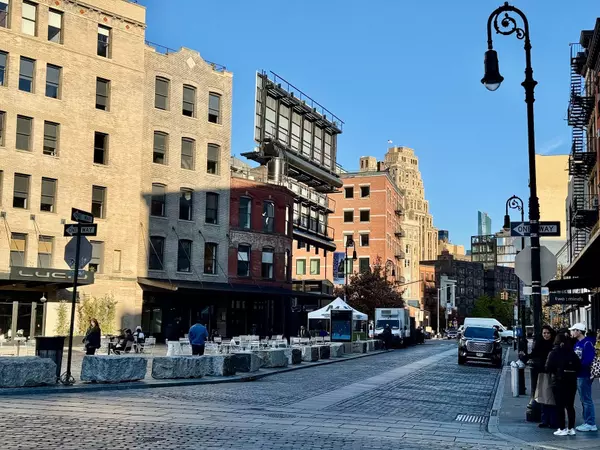



Stay in the Know!
Sign up to receive our monthly newsletter
GET MORE INFORMATION



